Introducing the Maxxis High Roller III.
A legendary Downhill tyre, now re-imagined & reborn.
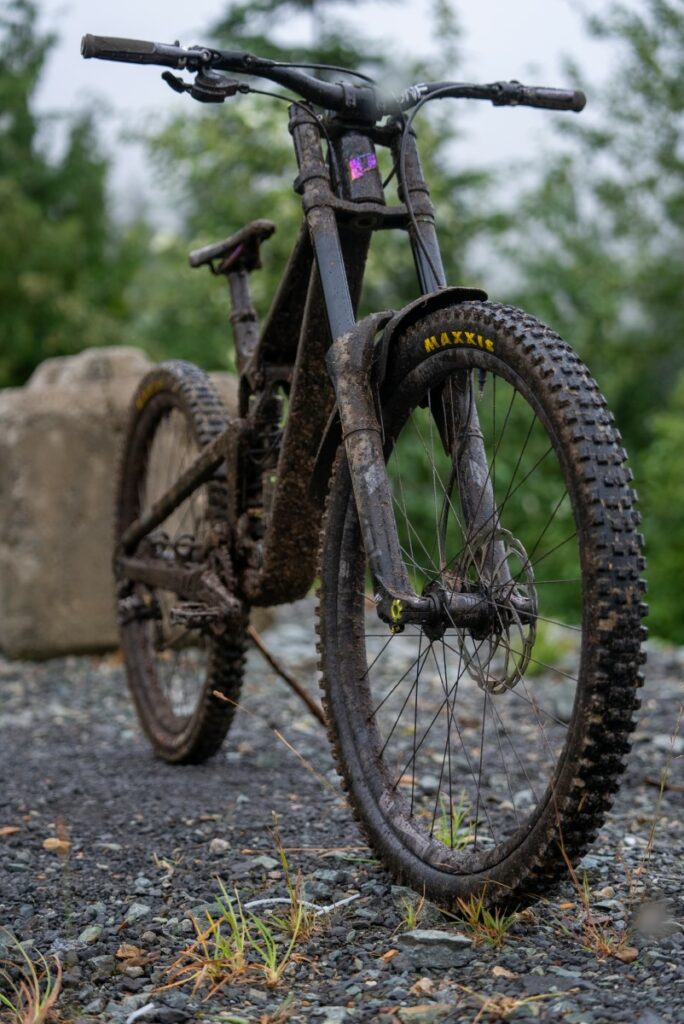

Now in its third generation, the Maxxis High Roller III was built, tested and raced on the World Cup Downhill circuit, giving Maxxis riders the edge they needed.
The result is a brand-new intermediate tyre with an aggressive tread design that has already taken gravity athletes to the top of World Cup podiums.

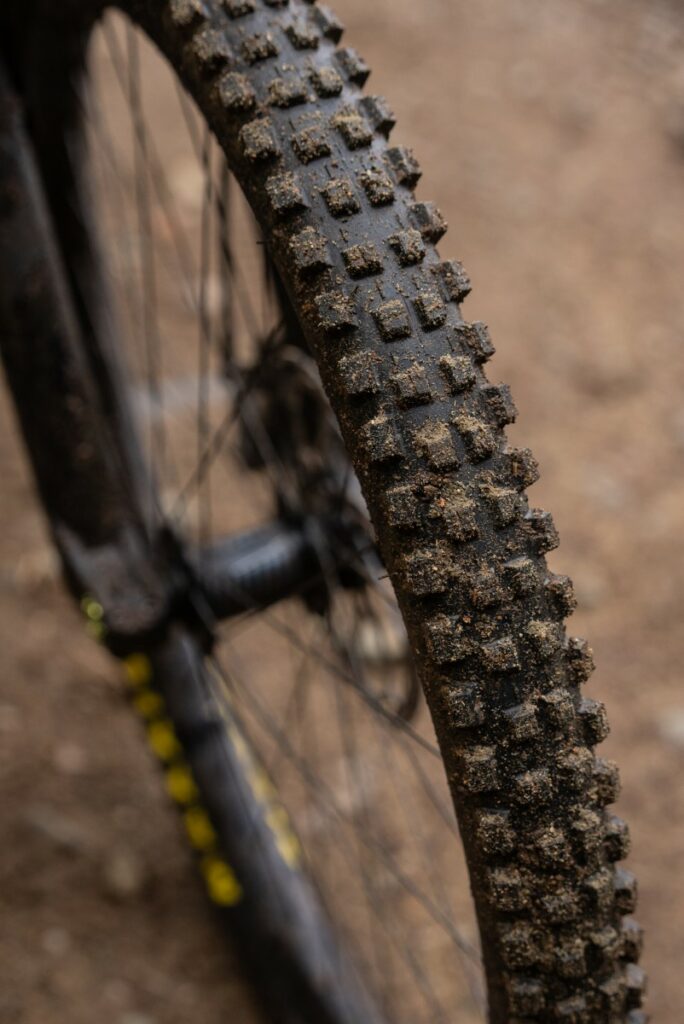

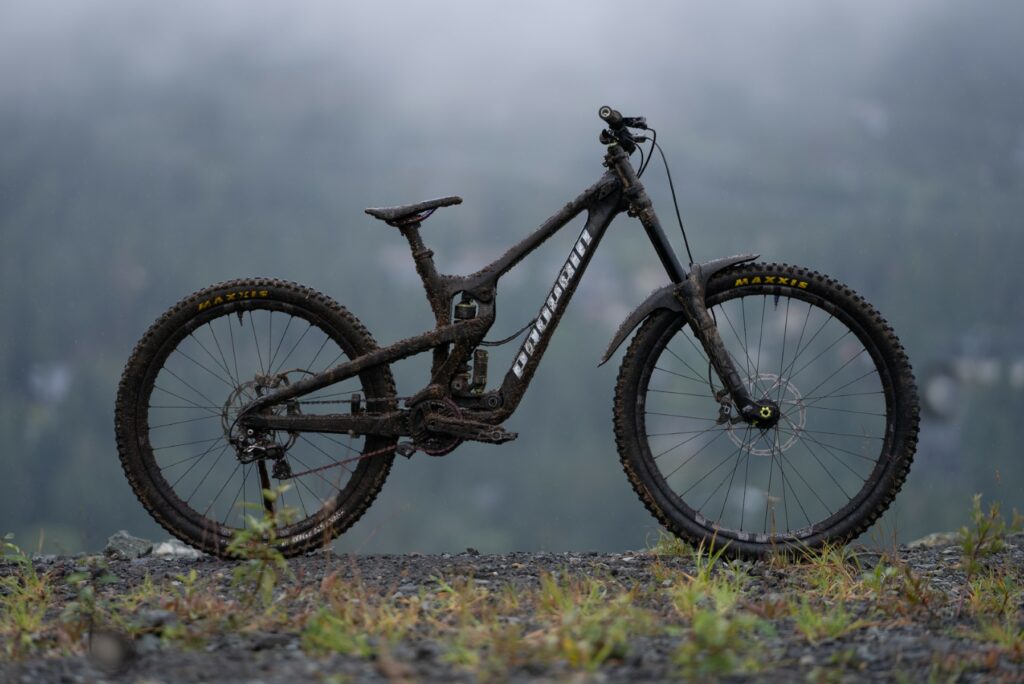
The Maxxis High Roller III has been revised to offer podium-topping performance, but what’s changed? Here’s everything you need to know about Maxxis’ all-new downhill destroyer…

Hybrid Tread
The High Roller III makes use of a hybrid tread design, providing the soil penetration of a wet weather mid-spike while retaining the cornering control and hard surface traction of a dry conditions tyre.
It also combines an open centre tread pattern with large, well-supported side knobs to withstand extreme cornering forces.
High Roller III really is built to excel on every ride in all conditions.

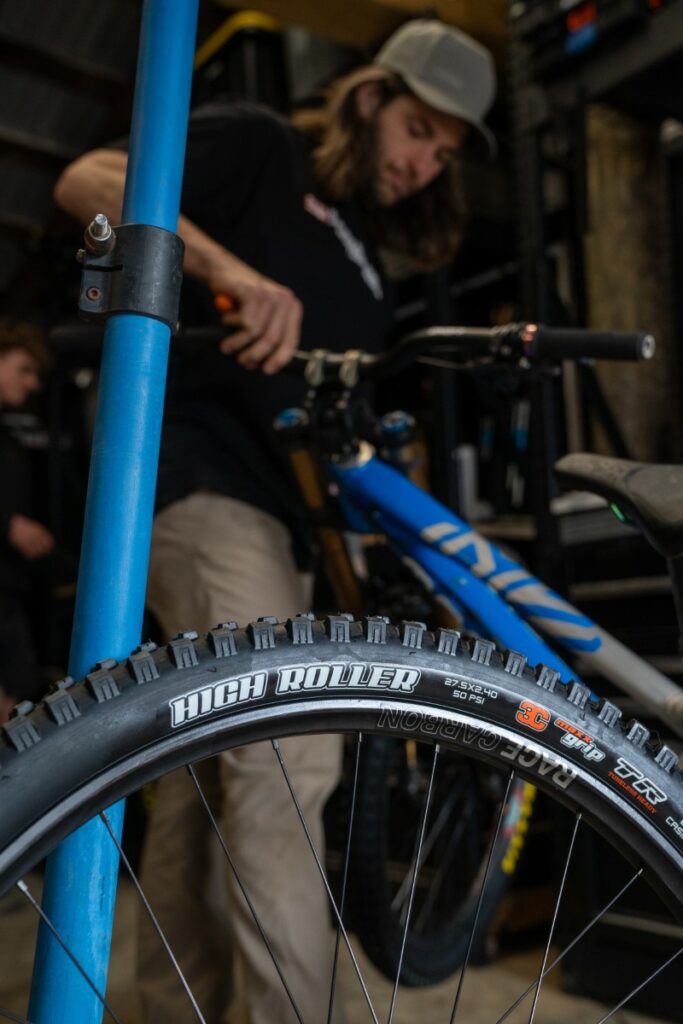
3C MaxxGrip
Maxxis’ 3C MaxxGrip compound uses the stickiest, slowest rebounding rubber they offer in a mountain bike tyre.
This high traction compound is a favourite of their top World Cup Downhill and Enduro World Series athletes.
Different High Roller III models feature different casing alongside MaxxGrip. DoubleDown (DD) is perfect for Enduro racing & E-Bikes, whereas Downhill (DH) is designed for Downhill racing & longer-travel E-Bikes. More on this below…
Tubeless Ready
High Roller III is Tubeless Ready, providing the rider with many benefits: the ability to run lower air pressures, which improves traction; lower rolling resistance when compared to a tube-type tyre; and less chance of flatting because there is no tube.
Tubeless-ready tyres are denoted by the letters “TR” on the sidewall.



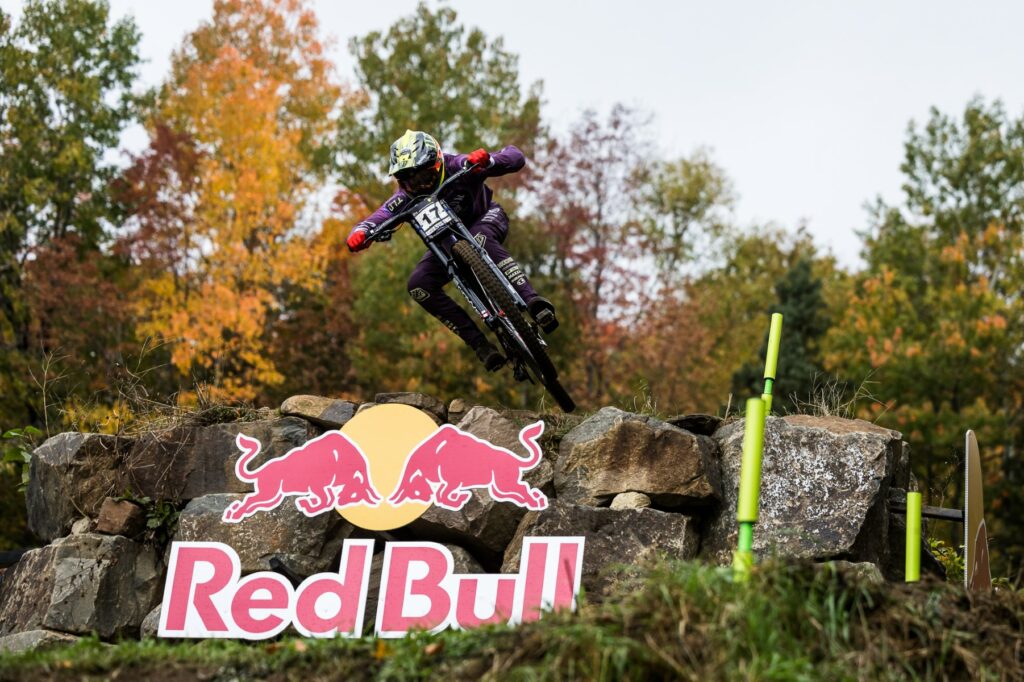

DD & DH?
Direct from Maxxis, here is a more in-depth breakdown of the different tyre casings found on the High Roller III.

“DoubleDown (DD) is our casing solution for enduro racing and e-bike use. Two layers of our lightweight 120 TPI casing material are combined with a butyl sidewall insert to create a highly durable tyre with more trail feedback than a Downhill casing tyre. DoubleDown tyres are marginally lighter than their Downhill counterparts, but it’s really the difference in “trail feel” that sets the two apart. Some riders may prefer the highly damped ride provided by a Downhill casing tyre.
As the name implies, Maxxis’ Downhill (DH) casing tyres are designed for extreme use in all gravity applications from downhill racing to bike park riding to free riding to long travel e-bikes. A Maxxis Downhill tyre is made with two layers of our durable 60 TPI casing material along with a large butyl rubber insert that extends from each bead into the sidewall. The butyl insert helps prevent pinch flats, protects the rim from impacts, and provides additional sidewall stability.”
Wide Trail
Wide Trail (WT) construction optimizes the tyre’s tread layout and profile on today’s modern, wider rims. Historically, tyres were designed around older, narrower rims which can create an overly square tyre profile, leading to suboptimal performance.
Maxxis Wide Trail (2.40-2.50″ width) tyres are optimized for a 35mm inner rim width but are proven to work over 30-35mm inner rim widths, depending on the rider’s preference.

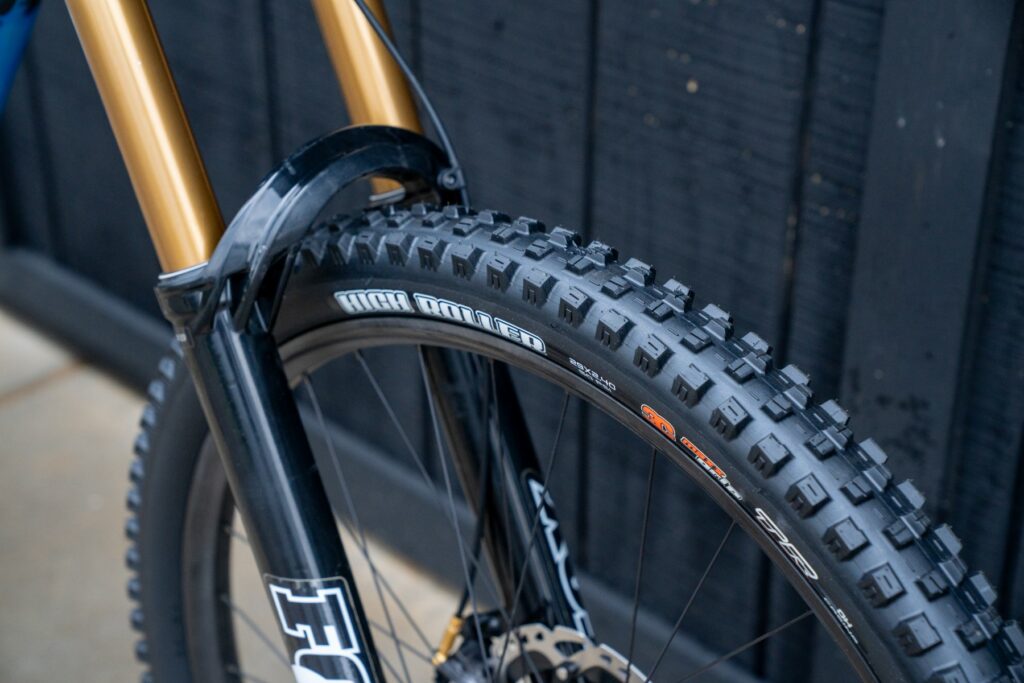



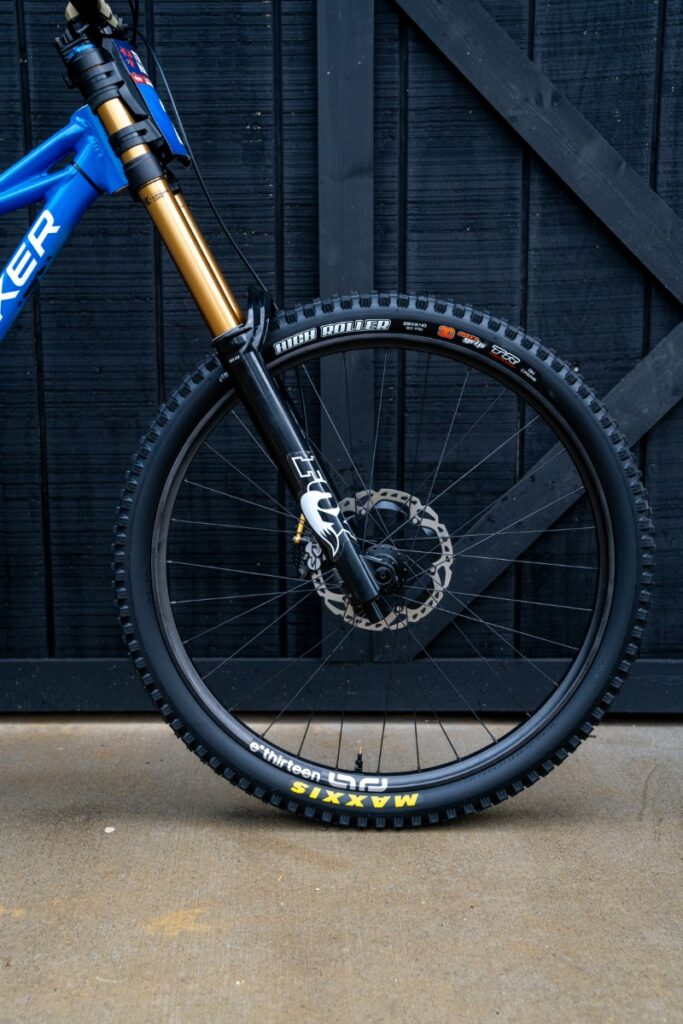
Available now, online & in-store! To grab your own High Roller III tyres, follow the links below.
Maxxis High Roller III DH MaxxGrip 27.5×2.40 WT Tyre – RRP £74.99
Maxxis High Roller III DH MaxxGrip 29×2.40 WT Tyre – RRP £74.99
Maxxis High Roller III DD MaxxGrip 29×2.40 WT Tyre – RRP £79.99







